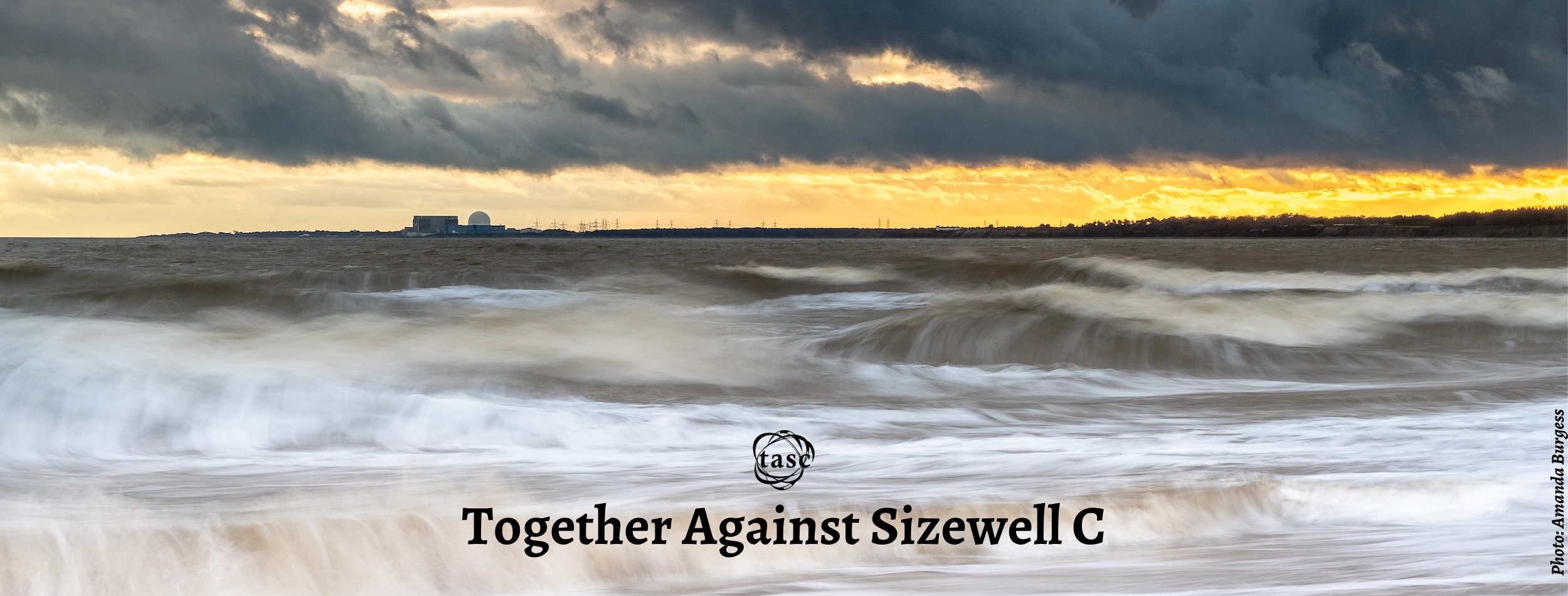
Can the UK really build eight nuclear reactors in eight years?
In a factory near Edinburgh, Andrew Bissell is overseeing his next batch of space heaters. His start-up, Sunamp, produces thermal batteries that can warm homes from the power generated by a heat pump. The batteries use a salt solution similar to the flavouring used in salt and vinegar crisps. “It’s actually a food ingredient, though I wouldn’t encourage people to eat batteries,” Bissell said.
Sunamp wants to wean British homes off burning gas, which has rocketed in price, sent bills soaring and plunged millions into misery. Many such solutions will be needed if the UK is to escape its energy crisis — and Boris Johnson’s future arguably depends on it.
Unfortunately, the options at hand are neither quick, easy, or cheap. Earlier this year, the prime minister set out an energy security strategy that put nuclear at its heart, including plans to build up to eight new reactors to replace a fleet that is coming to the end of its life.
That ambition has put critics in a lather. Last week, the Tory MP Jesse Norman, in a public call for the prime minister to quit, was scathing: “As a former energy minister I can tell you there is zero chance that this or any government will be able to build a nuclear power station a year at any point in the next decade.”
Others go further: Paul Dorfman, a science policy researcher at Sussex University, said Johnson’s nuclear dreams were “laughable … clinging on to nuclear as a quick fix is not only ludicrous, it’s dangerous, as it is too costly and will take too long”.
In the coming weeks, the UK may finally approve a new plant at Sizewell in Suffolk that will use a European pressurised water reactor (EPR) design developed by the French energy giant EDF. But EPRs have run into difficulties wherever they have been built. One at Taishan in China has been out of action since last July. ASN, the French nuclear regulator, has asked EDF for a report on anomalies found in both Tasihan EPRs.
The EPR design is also being used at Hinkley Point C in Somerset, where EDF admitted last month that the project would slip behind schedule yet again and cost an extra £3 billion, taking the total bill to up to £26 billion.
An EDF spokesman said “the issue with fuel assemblies at Taishan has been investigated and is understood” and a solution would be applied to Hinkley and Sizewell.
Russia’s war in Ukraine has thrown the security of nuclear power stations into sharp relief, with fighting around the blighted Chernobyl site and the plant at Zaporizhzhia. The conflict also means that the supply of uranium, a fuel for nuclear plants, could become scarce. Uranium has to be enriched via an industrial process and Russia accounts for about 45 per cent of the world’s supply. Andre Liebenberg, chief executive of uranium investor Yellow Cake, said utility companies were “spooked and scared that there may be sanctions on Russian supply”.
Yet Charlotte Nichols, the Labour co-chair of the all-party parliamentary group on nuclear, insisted that the technology was vital to bolster the UK’s energy security. “The more energy we produce in our own country, the more we can be reliant on ourselves … nuclear is an important part of that puzzle,” she said. Nichols criticised the government for 12 years of “inertia” that has held back projects.
The energy strategy is also betting on small modular reactors (SMRs), in particular a design by Rolls-Royce that would be about a third the size of an EPR. Paul Stein, chairman of the Rolls-Royce SMR partnership, insisted this was “the fastest route to get nuclear power on the grid by the end of the decade”.
“Our design sticks with very conservative physics,” he said. “The materials, the operating methods, the safety protocols are all fully understood.”
The Rolls-Royce SMR Consortium is in talks with ministers about securing an order for the first four SMRs by the end of the year, which could be worth up to £8 billion. This would help kick-start manufacturing of the reactors, which are expected to cost about £2 billion each.
“We’re trying to put the case for why an accelerated schedule is called for,” said Stein. “The government has been incredibly supportive. But we could go faster. And given our position as a nation needing to increase our own energy security, increase our levelling-up agenda and get jobs in the north to revitalise our industrial base . . . if there’s anything that we should really put our foot to the floor on, it’s this technology.”
Fans of nuclear have long argued it can provide the “baseload” power to keep the lights on when the wind drops. In the race to cut emissions “we’re going to need a vast amount more electricity than we’ve got at the moment”, said Guy Newey, chief executive of the Energy Systems Catapult, which supports start-ups.
The debate hinges on just how much “big” nuclear is really needed: the strategy calls for a whopping 24GW by 2050, up from 7GW now. Other forecasters, such as National Grid’s ESO division, have models where net zero can be reached with just one or two big new reactors.
Johnson’s strategy also reaffirmed support for renewable energy, including slashing red tape for offshore turbines — yet the backing for cheaper onshore wind was seen as tepid.
Others argue that Johnson’s strategy, with its focus on power generation, gave scant consideration to “demand-side” measures: helping businesses and households cut back their energy usage. “It’s less sexy than a new nuclear power station, but it’s about making sure that boilers work efficiently and how well insulated people’s homes are,” Newey said.
That view finds favour with Bissell in Edinburgh, who dreams of opening three factories to churn out thermal batteries that could one day replace Britain’s gas boilers. “It’s easier, in a way, to think about big things strategically — a big wind farm or a big reactor,” he said. “But actually the world is very often changed by vast assemblages of small things.”
That might be hard advice to take for a prime minister who prefers to make a bigger splash.

